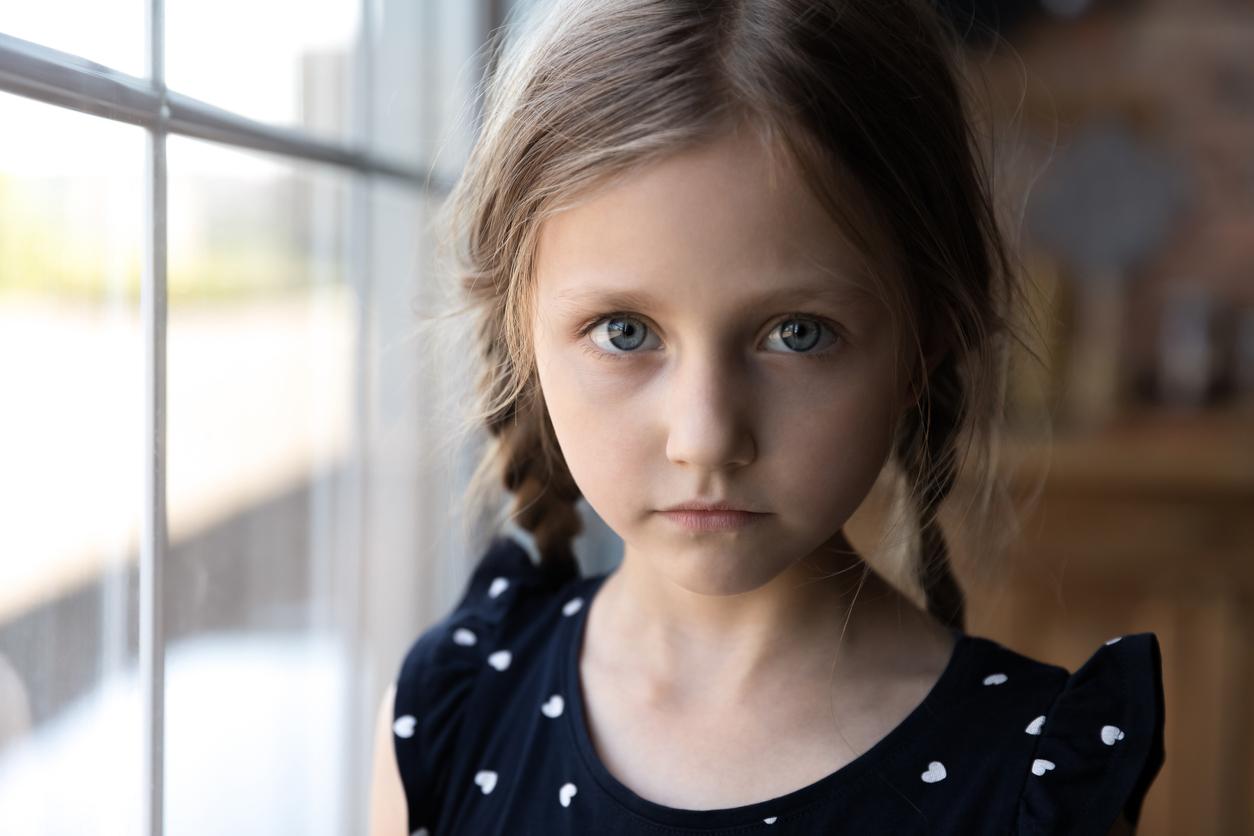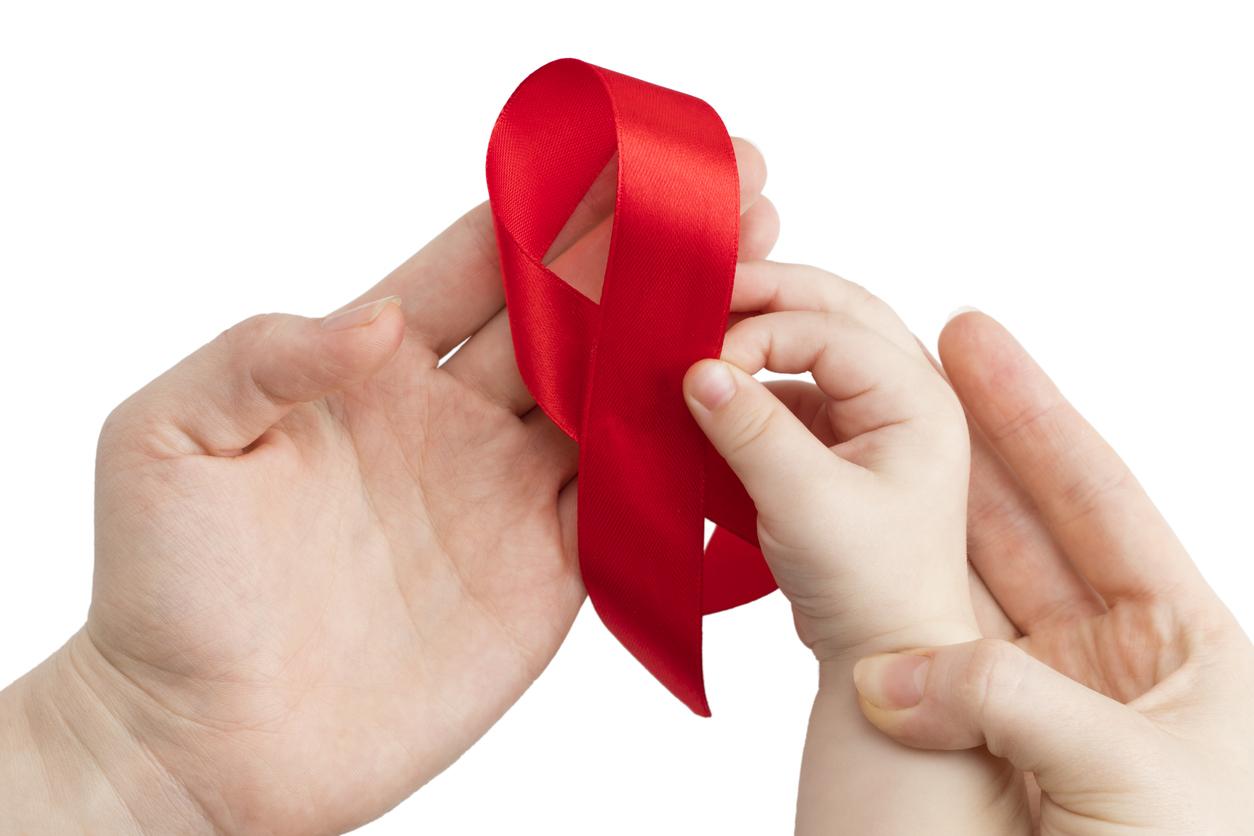By looking at a person’s face, children can tell if they are sick and decide to avoid contact with them.

- Infectious diseases are one of the leading causes of death among children.
- A study showed that children were able to recognize the faces of sick people and avoid approaching them.
- Both of these skills improve with age.
While infectious diseases, such as pneumonia, diarrhea and malaria, remain one of the leading causes of death among children worldwide, a recent study sheds light on how young people are able to recognize people suffering from an acute and contagious pathology and to avoid going near it.
160 volunteers had to determine whether a person was sick or not by looking at their face
As part of their work, researchers from the University of Miami (United States) recruited 57 children aged four to five, 52 children aged 8 to 9 and 51 adults. During a videoconference, participants were shown two faces, one sick and one healthy, of the same person, side by side. The volunteers had to identify which one was sick. Then, they were then asked to choose from the faces by answering the question “Which person would you prefer to sit next to at dinner?” to assess their preference to approach healthier people. “Building on our previous research, we hypothesized that sensitivity to facial cues of illness would emerge in childhood (ages 4 to 9),” said Tiffany Leung, author of the study, in a statement.
Infectious diseases: “avoidance and recognition improve with age”
According to the results, published in the journal Child Developmentchildren aged 8 and 9 are able to recognize the faces of sick people and avoid sitting next to them. “Avoidance and recognition improve with age,” can we read in the research. And for good reason, adults were more precise than young people aged 8 to 9, who were more precise than children aged 4 to 5.
That “reflects a behavioral immune system that is refined through experience,” specified Tiffany Leung. “To determine whether we can improve the perception skills of sick faces and improve public health, we continue to collect photos of faces of sick adults and children,” added Elizabeth Simpson, co-author of the work.

















